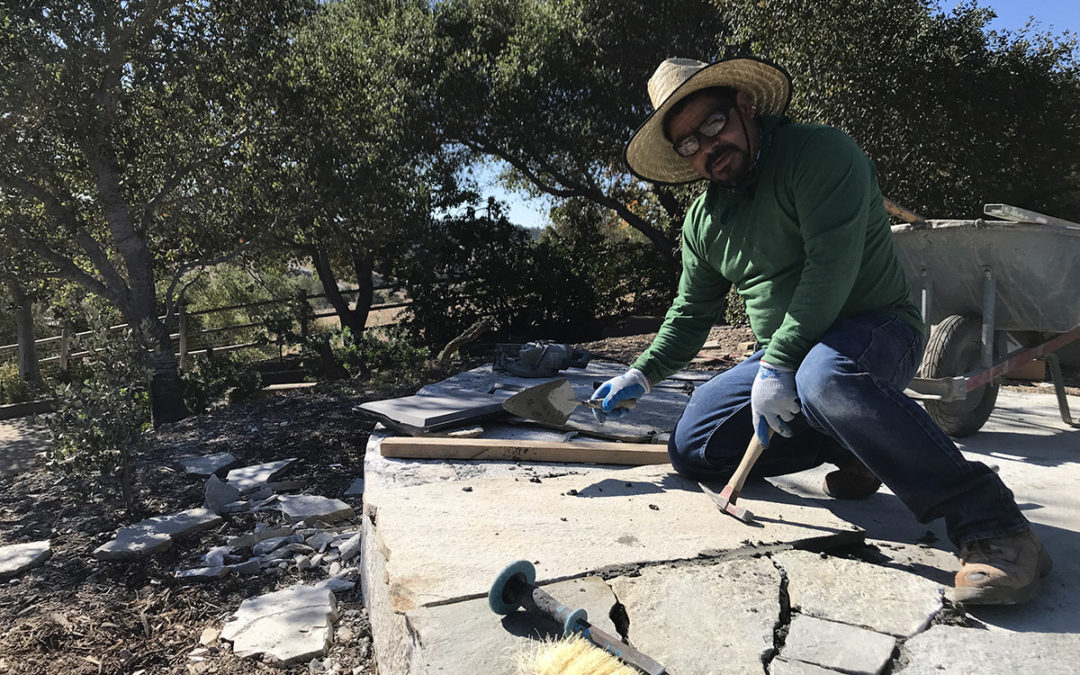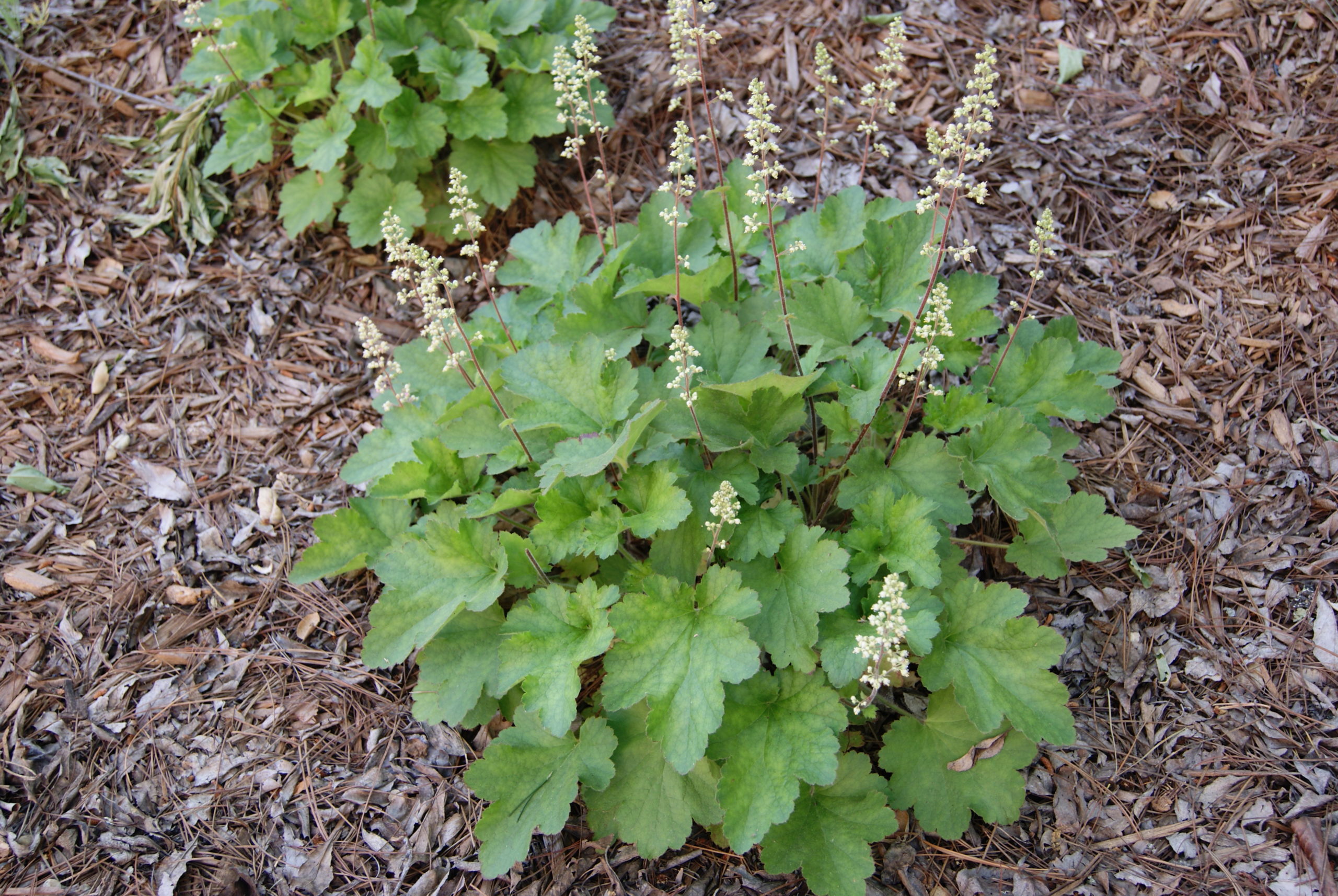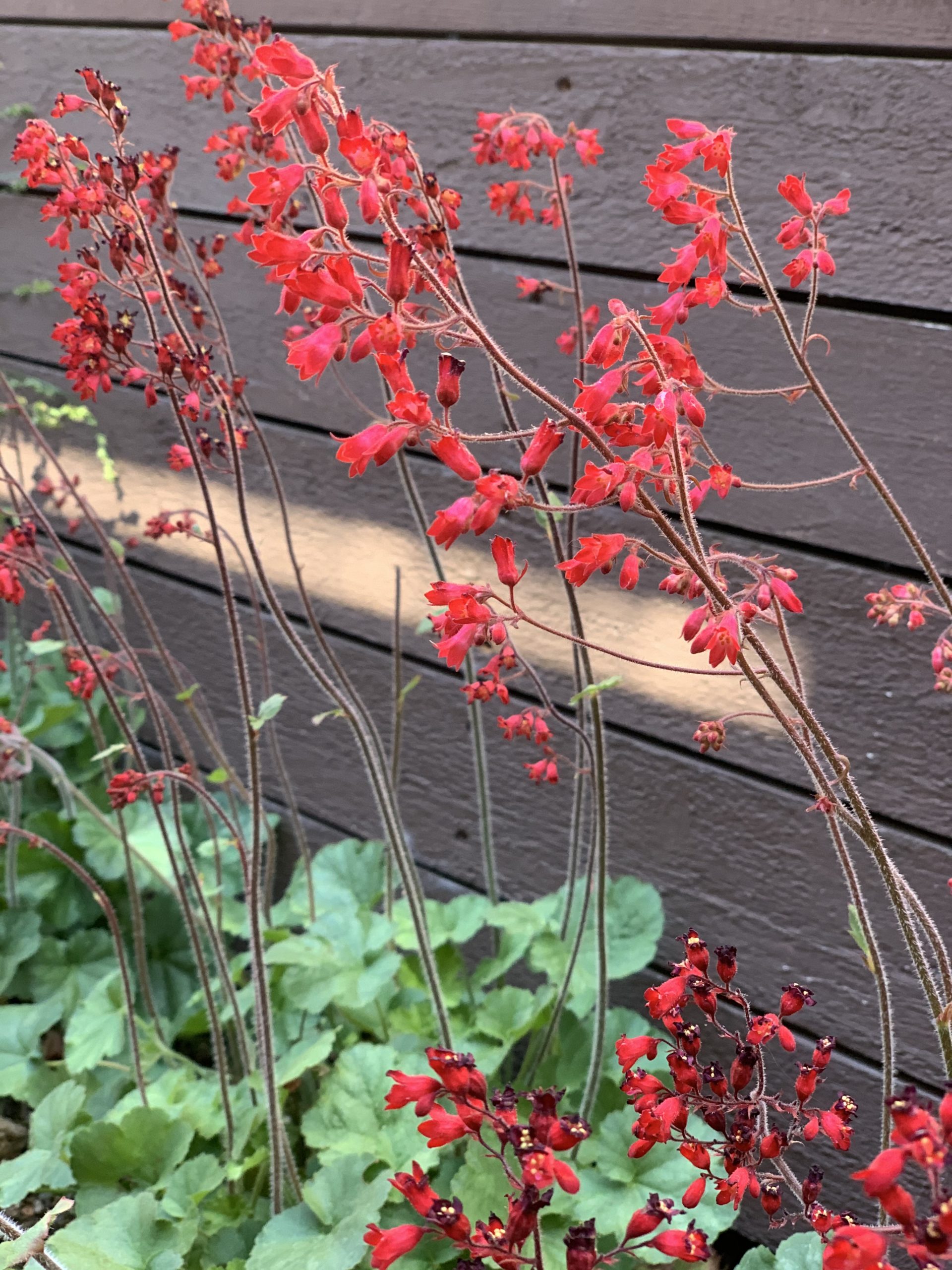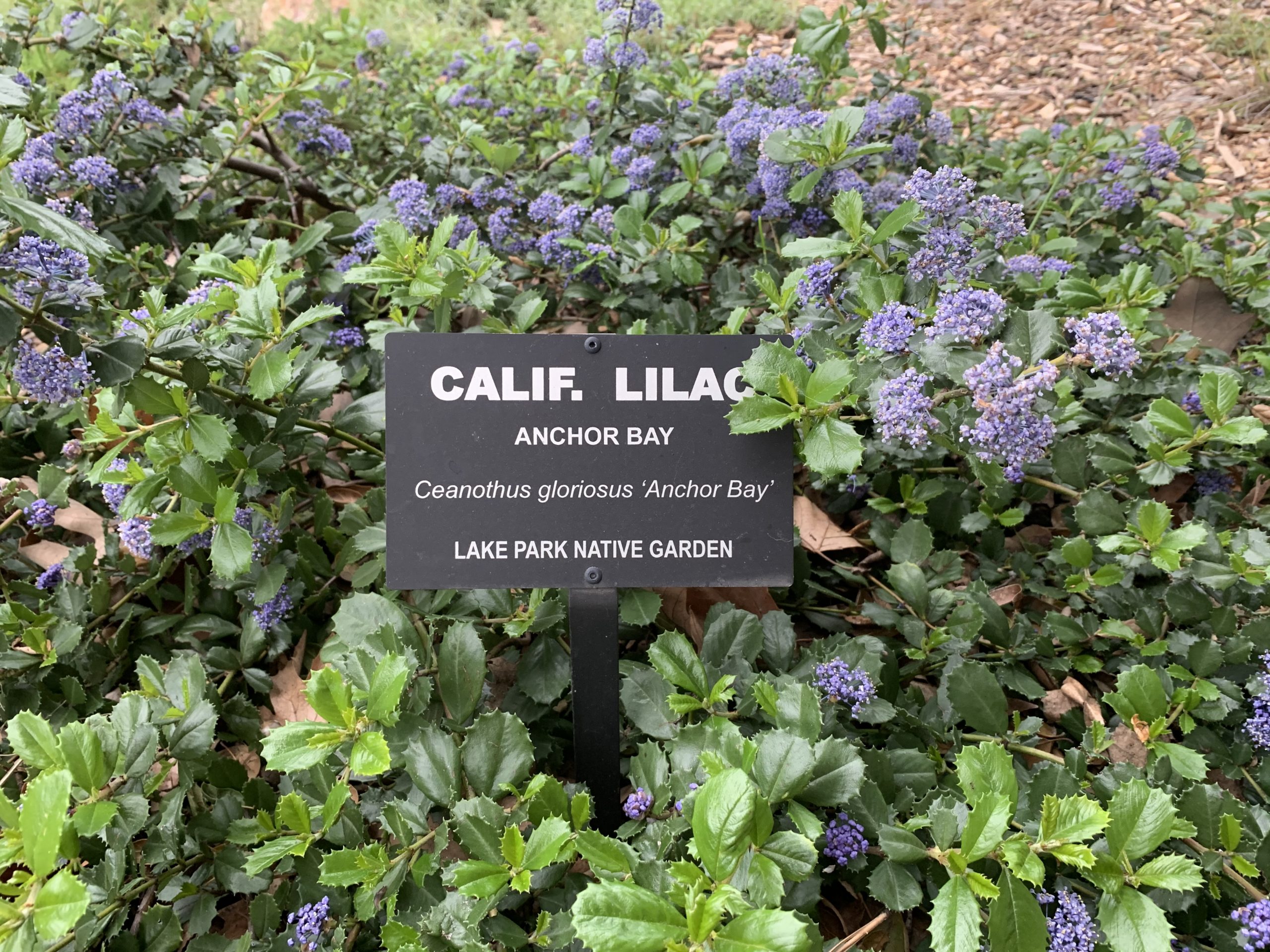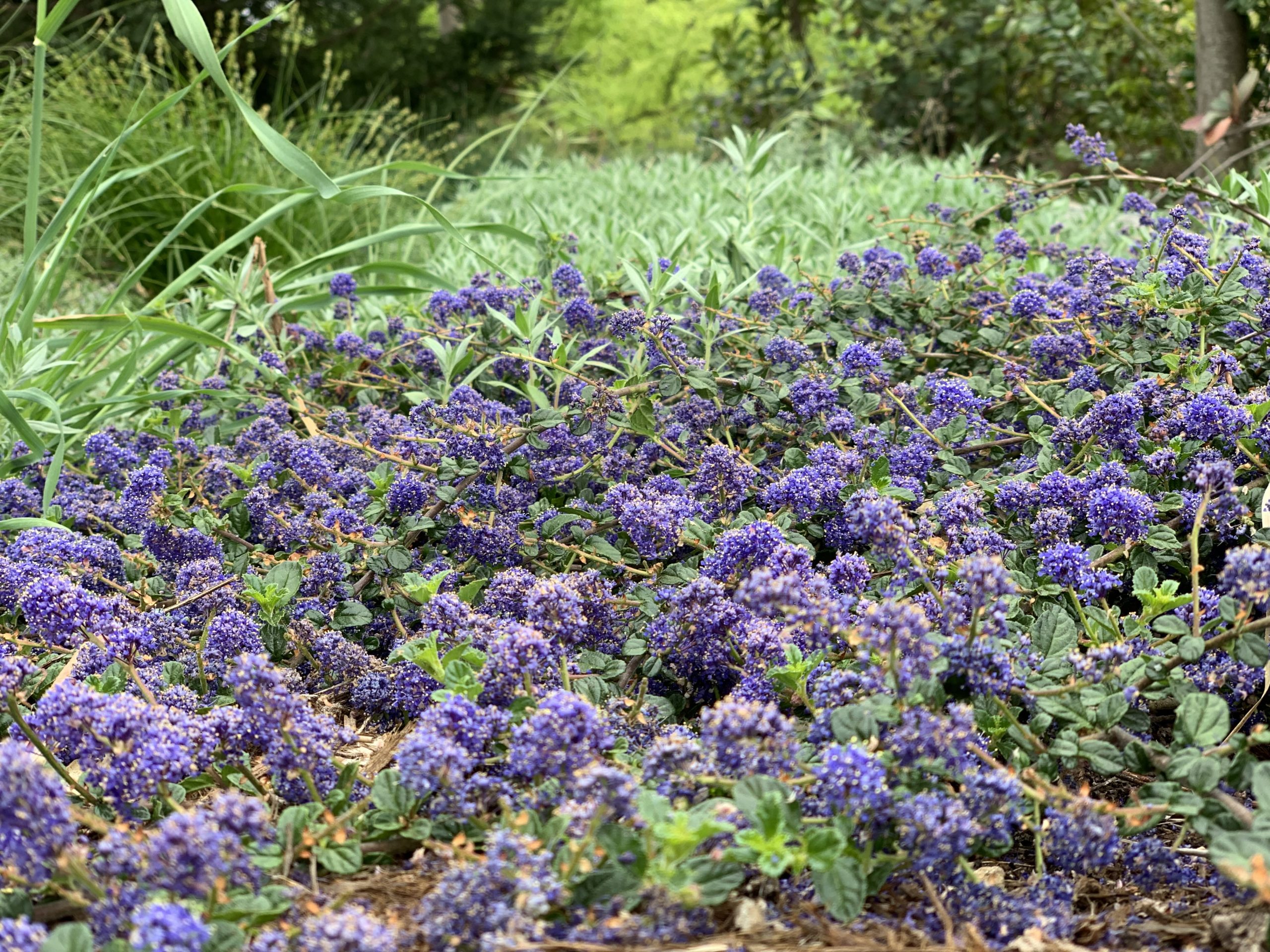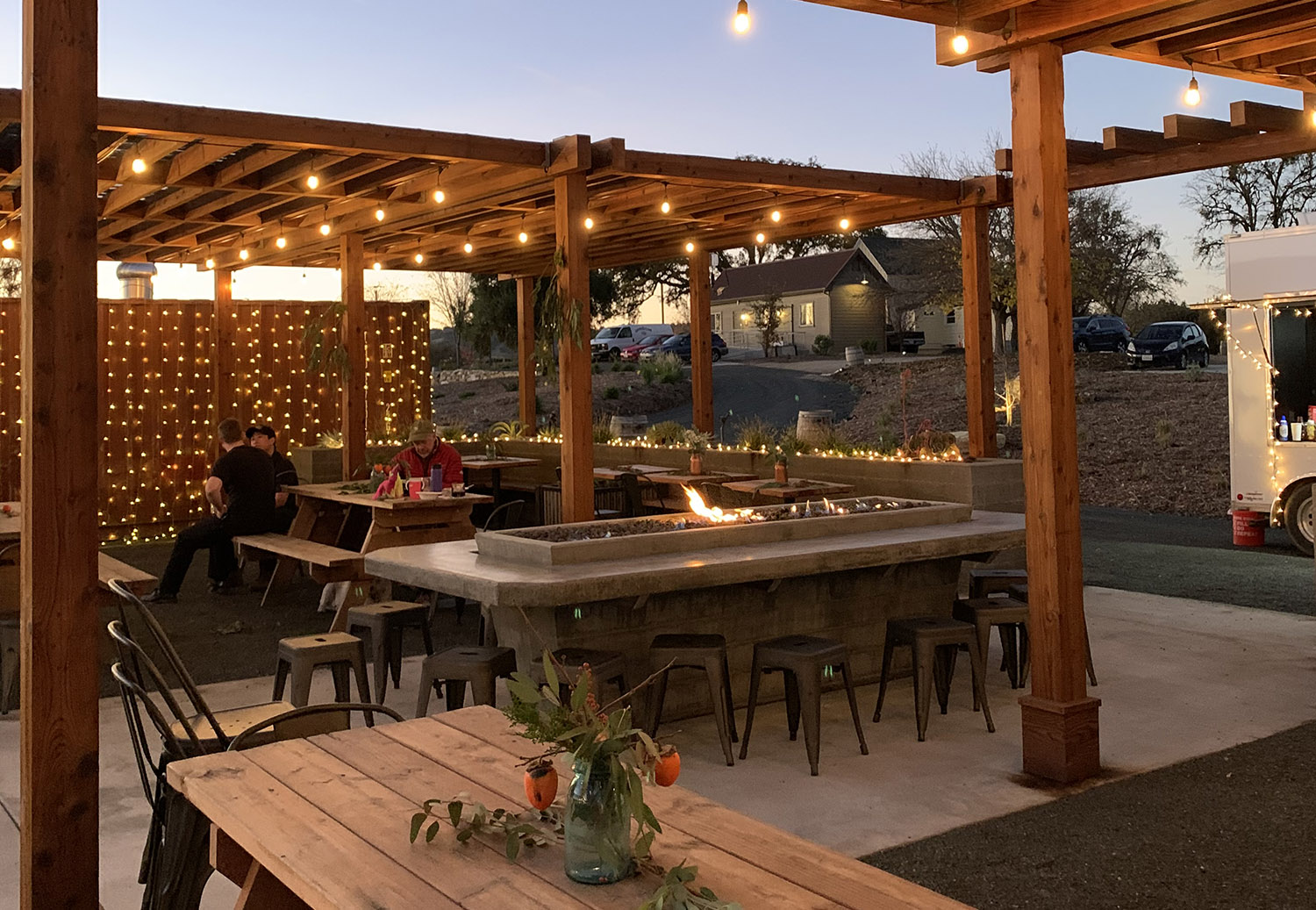
Celebrating Ten Years with Humberto Hernandez
Humberto “Beto” Hernandez is one of the best crew members at Madrone. Literally any crew would take him in a heartbeat and when he does get to work with other crews, those crews perform better.
With several decades of experience in the field, he knows all aspects of landscape installation inside and out. A man of few words, Beto lets his work do the talking. His ability to know the next step and his stamina to work longer and harder than most makes him an invaluable team member.
His confidence and pride translates to his suave style, generally making him the sharpest dressed at the yearly Christmas Party.
Beto’s loyalty to his crew, commitment to hard work and pride in being a master of his craft make him an all-star. Happy 10-years, Beto!



